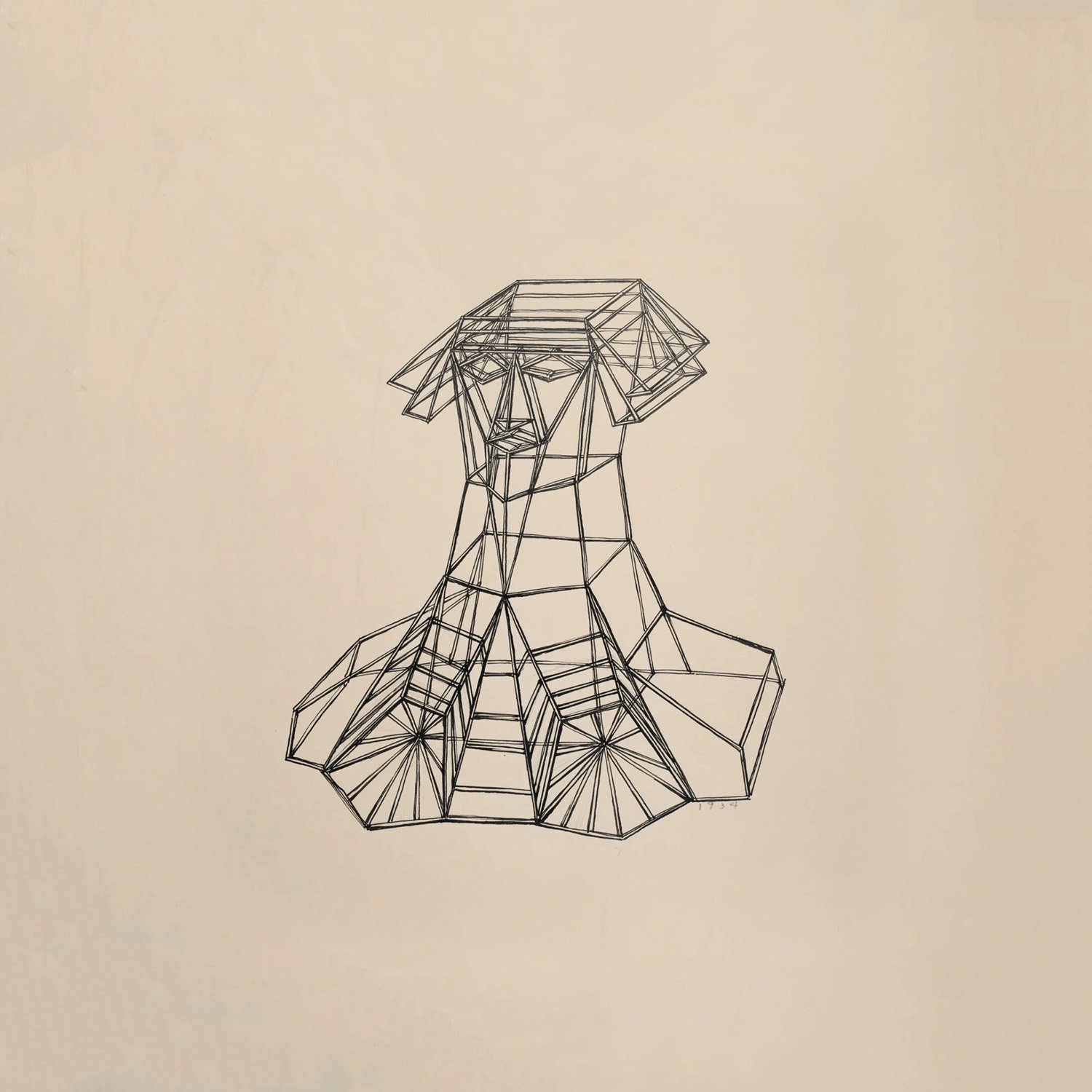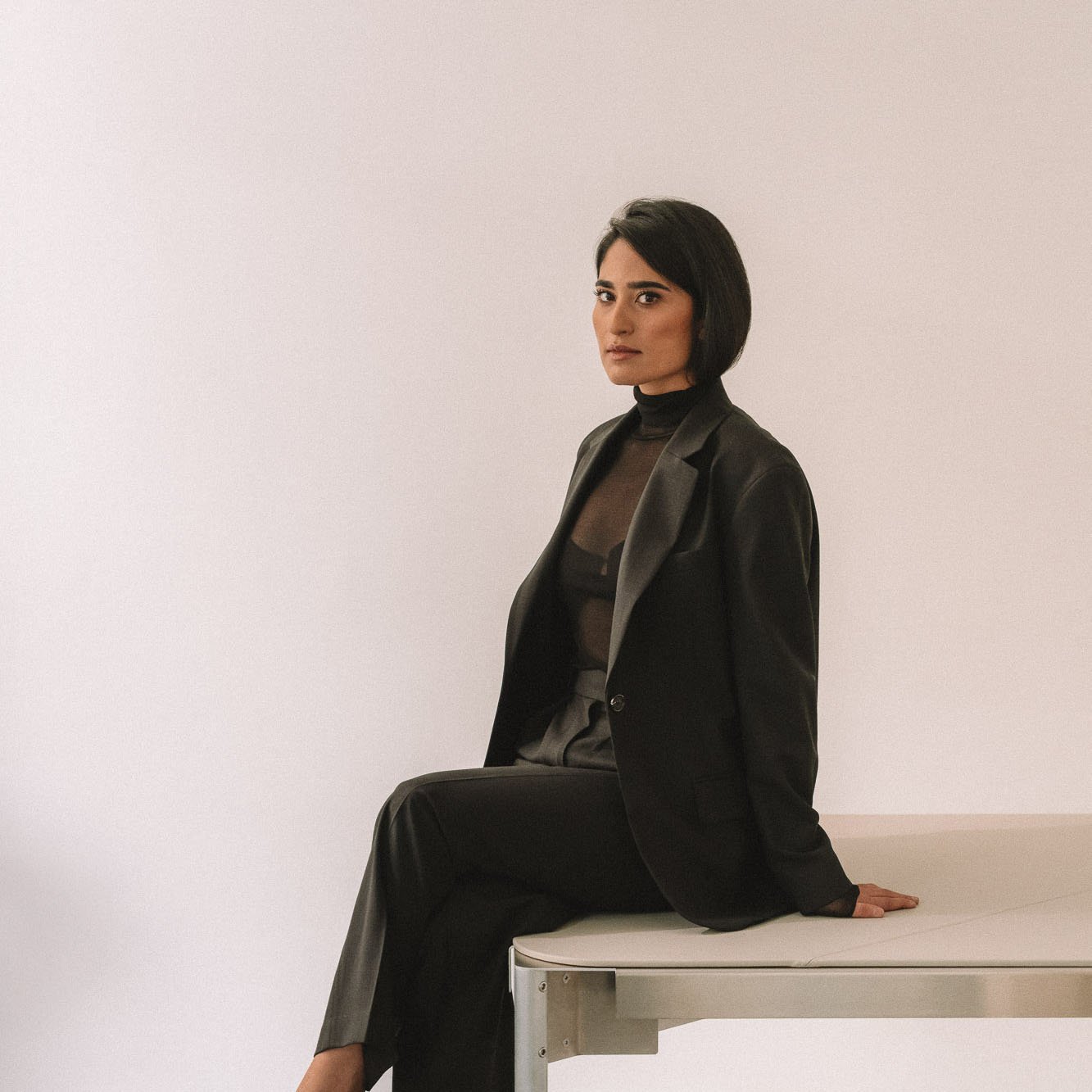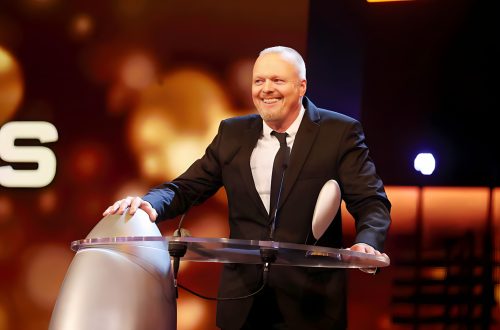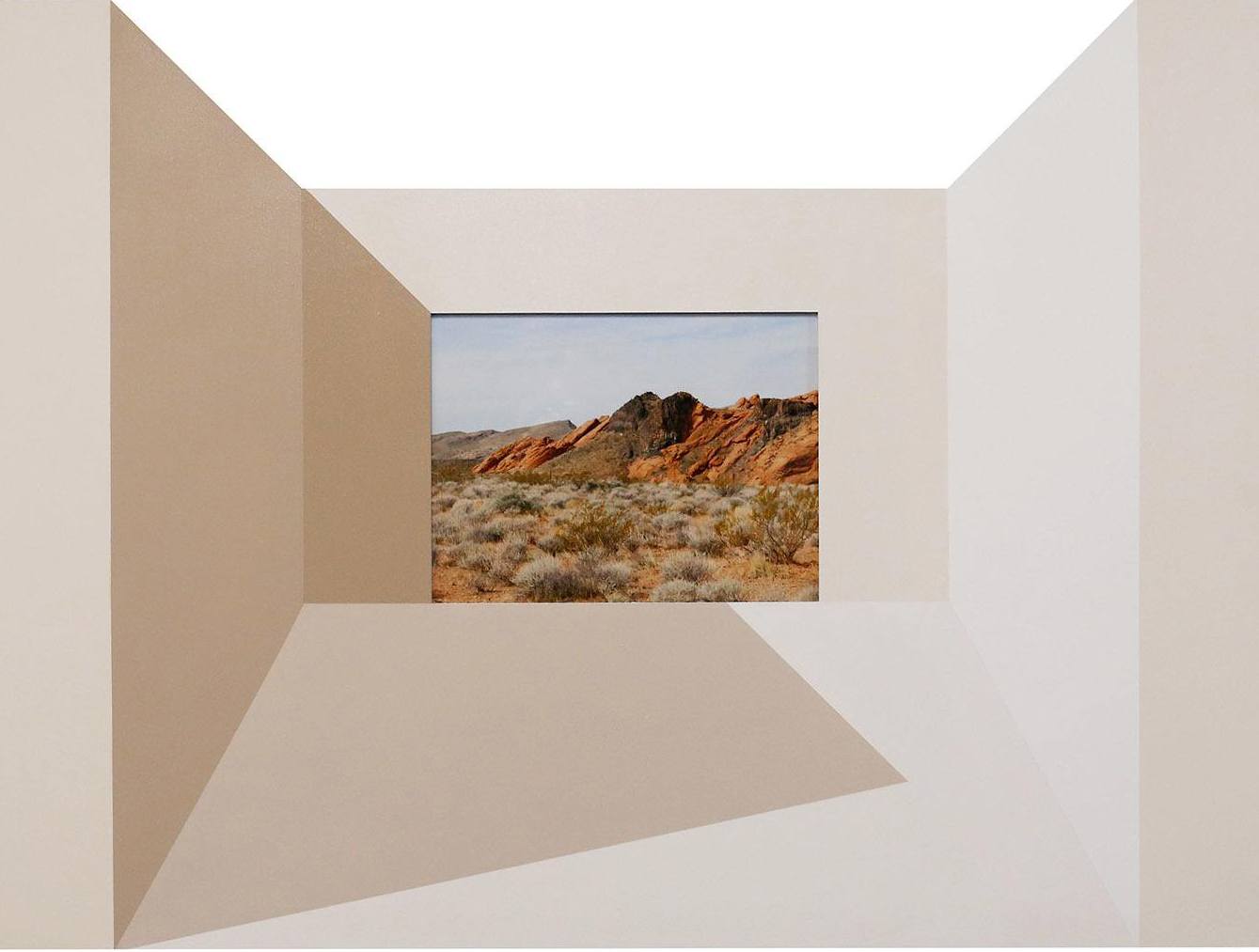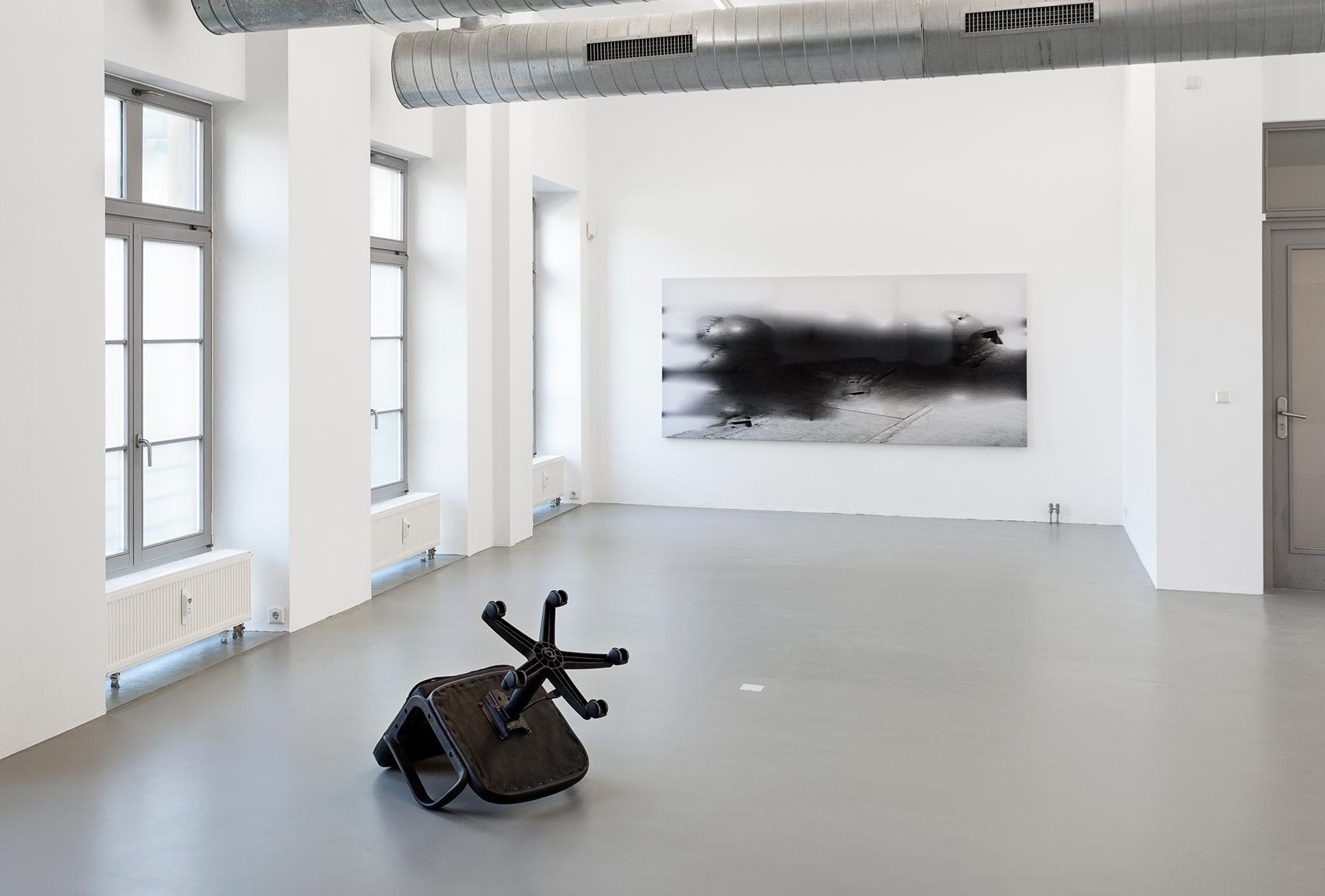Known affectionately as the ‘shashlik skewer’ today, it is only one of seventeen public sculptures, over 250 sculptures, and countless drawings that comprise the oeuvre of Hans Uhlmann. A luminary of West Berlin modernity and one of Germany’s foremost metal sculptors, Uhlmann has in recent decades remained in the farther corners of public memory. Now, the Berlinische Galerie has turned a spotlight back onto his legacy. The exhibition Hans Uhlmann: Experimental Forming (through until May 143, 2024) deconstructs Uhlmann’s oeuvre from the 1930s to the 1970s. A sequence of seven chapters traces the evolution of his practice. ‘Spaces Shaped with Wire,’ ‘Dance and Movement,’ ‘Transcending the Material,’ and ‘A New Astronomy of Space’ chart his various artistic phases, while ‘Curator and Networker,’ ‘International Success,’ and ‘Monumental Sculptures’ explore Uhlmann’s international success, curatorial work and creator of noted ‘percent for art’ (public commission) artworks.
Uhlmann’s foray into artistic practice came by way of the technical. He initially studied mechanical engineering at the Technische Hochschule before beginning to work as an engineer. In his spare time, he dabbled in sculpture, taking part in exhibitions now and then. In October 1933, Uhlmann, who was at the time a member of Germany’s Communist Party (KPD), was detained by the Gestapo with the charge of ‘preparing for high treason’ and was sentenced to one and a half years in prison. During his incarceration, Uhlmann found psychological freedom by pouring himself into his art, developing amongst other designs the concept of a ‘wire sculpture’ which he realized after his release. Throughout the evolution of his practice, his early work remained highly influential – “the most important period in my artistic development,” in his own words.

